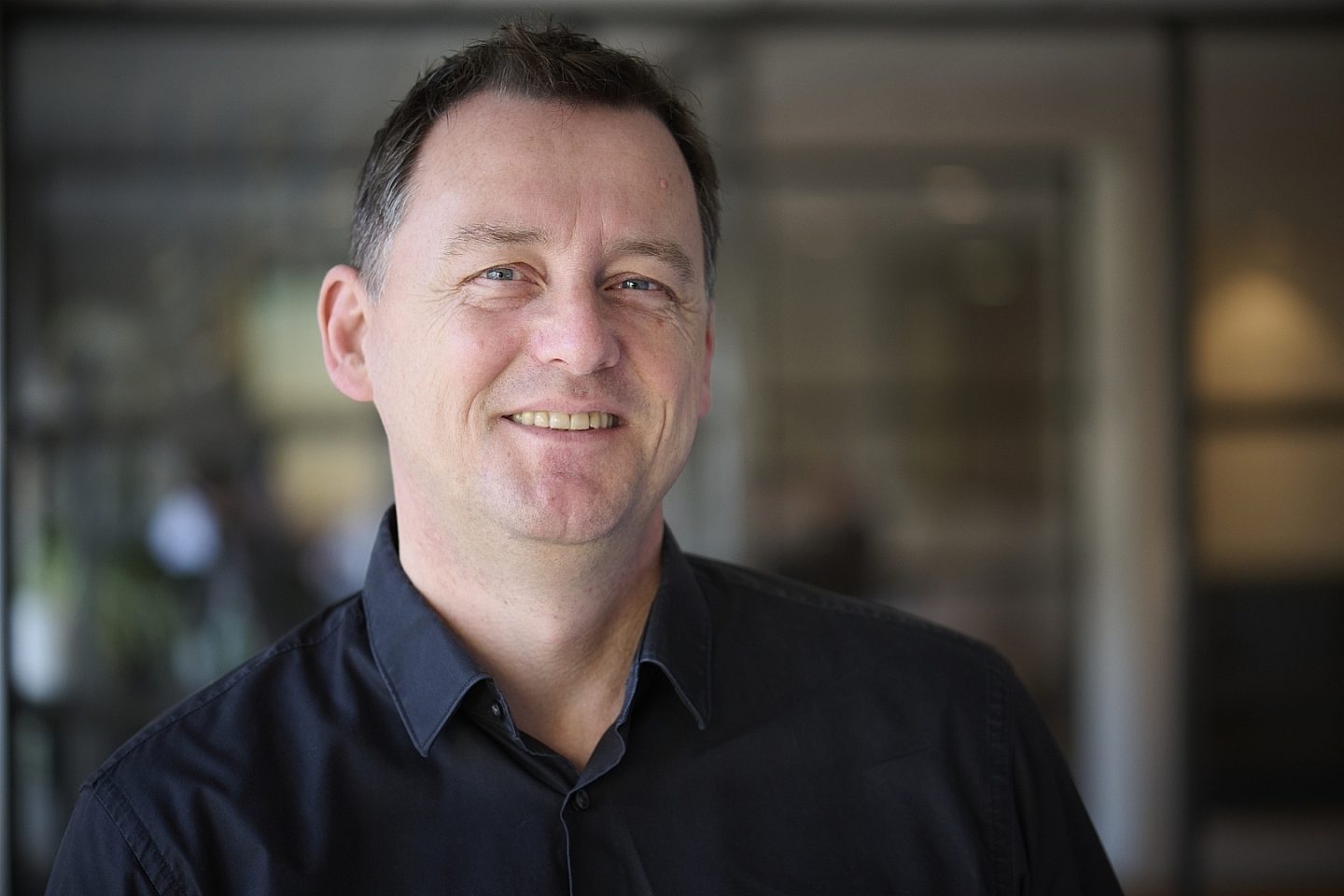Schuberg Philis takes an alternative approach. Rather than force companies to trade one important value for another, why not enable them to get everything they need to support both IT and business at the same time? Why not find solutions that leverage?
Though mission-critical IT has been the heart of our daily work for nearly 20 years, we know that customers’ digital quests are never solely technological. Where IT needs end and business needs begin is no longer clear-cut. That’s why we take a decidedly adhesive approach: our solutions seek ways not to cut back on any valuable feature so we can simply make room to paste in another. Instead, we find all the opportunities where our mission-critical IT can serve as the glue that unites the customer ecosystem. This gluing function means we avoid the tradeoffs that come with either-or decision-making and instead seamlessly fuse business strategy and digital technology. The result is a securely integrated ecosystem that enables companies to experience true digital transformation.

